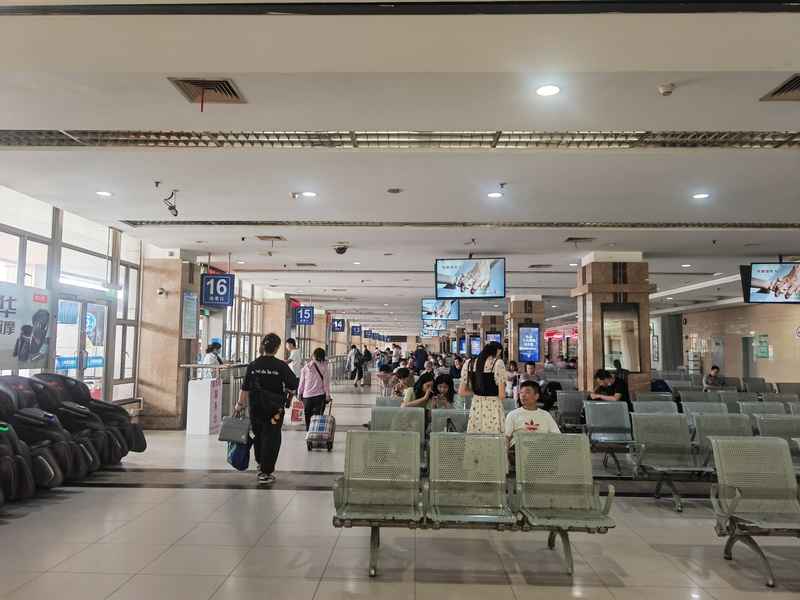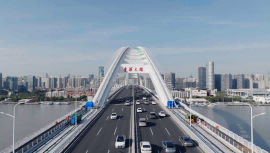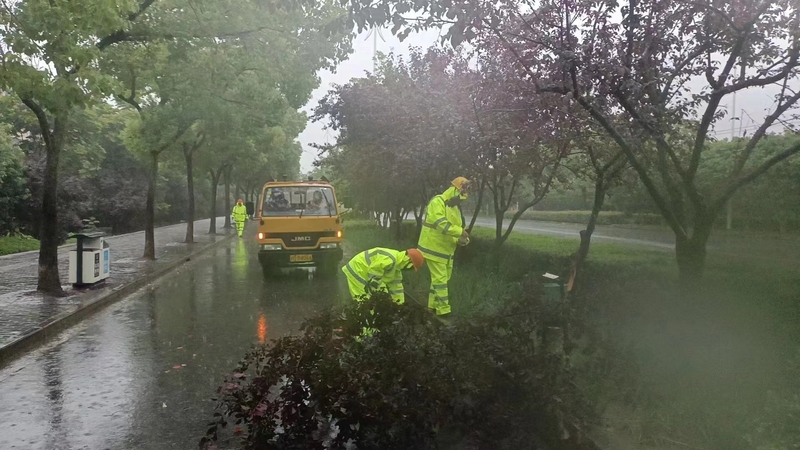The "Hamlet Question" of Shanghai Long Distance Bus Station | Passenger Flow | Bus Station
"Go to Fei County." Old Yang was carrying a woven bag with some weight, speaking in a dialect, intending to buy a long-distance bus ticket back home. However, he was informed by the ticket seller that the flight from Shanghai Zhongshan Bus Station to Fei County had been cancelled. Standing in the empty waiting hall, Lao Yang felt a bit confused for a moment.
The long-distance bus station is helplessly going downhill. In Shanghai, they once created and witnessed their own shining moments like buses before the opening of the subway. At its peak, there was a busy flow of passengers and it was difficult to find one. Now, Honor is no longer here, with one passenger station after another being shut down, and the original 30 to 40 bus stops have been reduced by nearly half.
Its decline seems hidden and silent. For those migrant workers, elderly people, and other groups who still rely on long-distance passenger transportation, their answer to the Hamlet question of industry survival or death is actually very clear.
Is it to exit helplessly with the tide of the times, or to transform and survive in adversity? Practitioners are making their own choices.
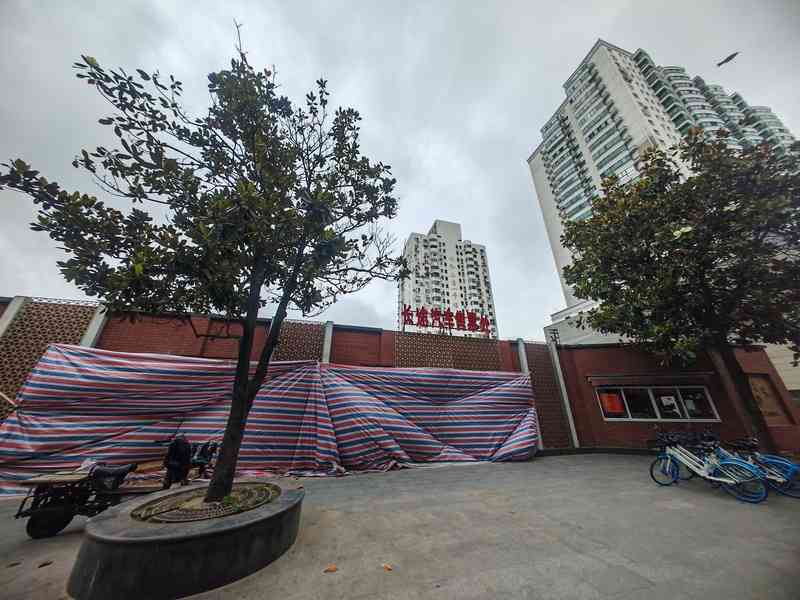
The quantity is almost halved
The Zhongshan Bus Station at the intersection of Zhongshan North Road and Datong Road gives people the first impression of depression. The ticket office along the road has recently been closed, with large colored nylon cloth covering the walls. The ticket office has been relocated to the waiting hall. Entering the hall, the space covering over a hundred square meters appeared very empty. Originally, only one of the four ticket gates was open, and there were no passengers on site. The facilities and equipment inside the station appear outdated and exude a sense of age.
The ticket office along the road has recently been closed, with large colored nylon cloth covering the walls. The ticket office has been relocated to the waiting hall.
Originally, only one of the four ticket gates was open, and there were no passengers on site.
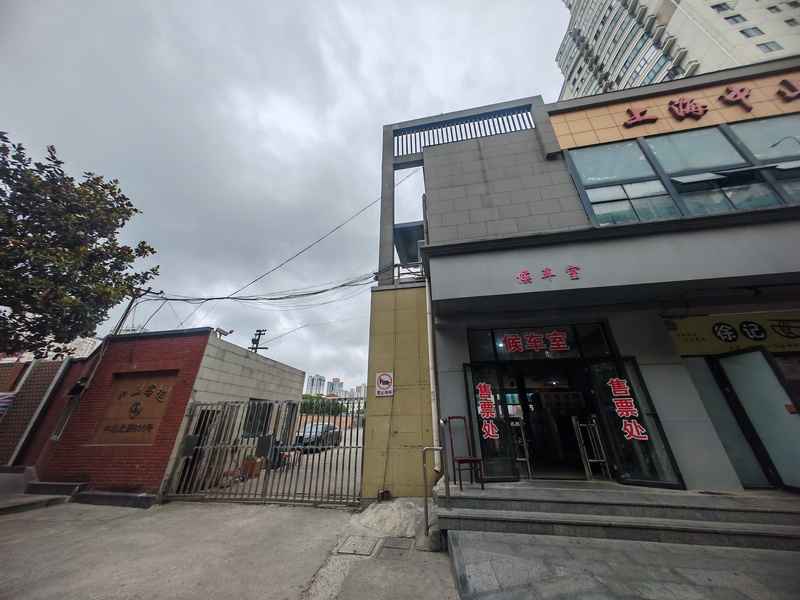
On that day, only Aunt Zhang was on duty as a staff member, responsible not only for ticket sales but also for security checks, ticket checks, and other tasks. She showed the reporter the departure records, which showed that there were more than ten classes sent to Suqian, Jiangdu, Wujian and other places. A vehicle with 40 to 50 seats can only carry up to ten passengers, while the rest are even fewer, with some passengers even having zero.
"In the past, when business was good, we had over 120 daily trips to Jiangsu, Zhejiang, Shandong, Anhui, Fujian, and other directions, with a minimum occupancy rate of 70%." Lao Xia, a manager of Zhongshan Bus Station, told reporters that during the peak of the industry, there were at most 30-40 bus stations in Shanghai, with a large passenger flow, and peers did not even consider each other as competitors. As the glory fades away, the days of small passenger stations become increasingly difficult to endure. "We only have to eat when we are full at the Shanghai long-distance bus terminal one or two kilometers away."
However, the reality is that the Shanghai long-distance bus terminal, which is adjacent to the urban railway station and has its own pedestrian flow, is also undergoing the test of survival. It started operation in 2005 and is only one street away from the transportation hub Shanghai Railway Station. Although it has a good location, it presents a dim scene that is completely different from the railway station.
The underground ticket hall on the right side of the passenger station gate has been closed, and most of the businesses on the other side have withdrawn. Some surrounding restaurants have locked their doors, while others have pulled down their curtains, indicating a clear overall vacancy. Inside the passenger station, the waiting hall on the first floor has been closed, and all passengers are concentrated on the second floor. Almost all of the original stores have closed, with only two small supermarkets providing essential items such as food for commuters.
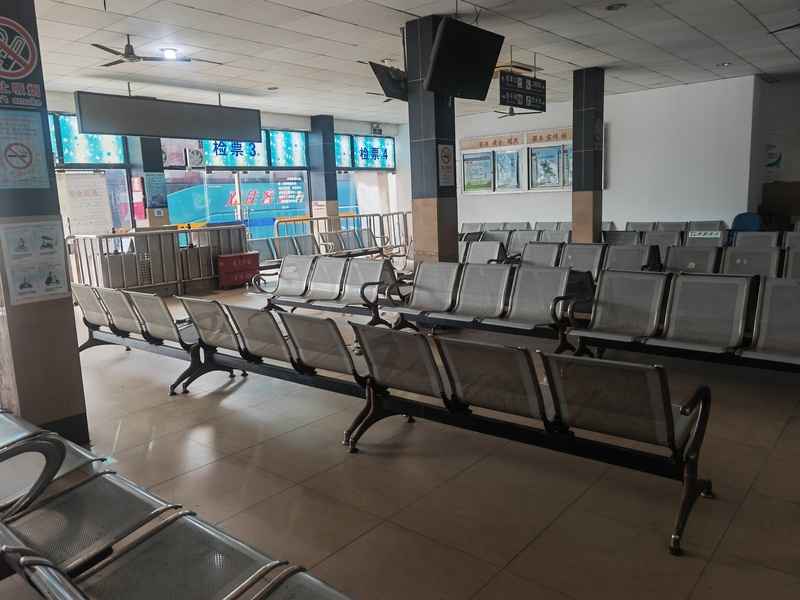
The underground ticket hall on the right side of the main station gate has been closed, and most of the businesses on the other side have withdrawn. Some surrounding restaurants have locked their doors, while others have pulled down their curtains, indicating a clear overall vacancy.
"At the peak of passenger flow, the daily departure frequency of the terminal reached 1280, with more than 300 staff members. Currently, there are about 200 daily departures and around 60 staff members," said Xiao Feng, the general manager of Shanghai Long Distance Bus Terminal.
The Shanghai Long Distance Passenger Transport South Station, which was opened almost simultaneously with the main station, is also in a similar situation. The ticket office and waiting room on the basement level have been discontinued, with 20 ticket gates reduced to 8 and only 4 gates open to the public. The current daily departure frequency is about 200, with a passenger flow of around 2000 people. Its combined passenger flow with the terminal accounts for nearly 70% of the long-distance passenger transportation market in Shanghai.
The ticket office and waiting room on the basement level of Shanghai Long Distance Bus South Station have been discontinued.
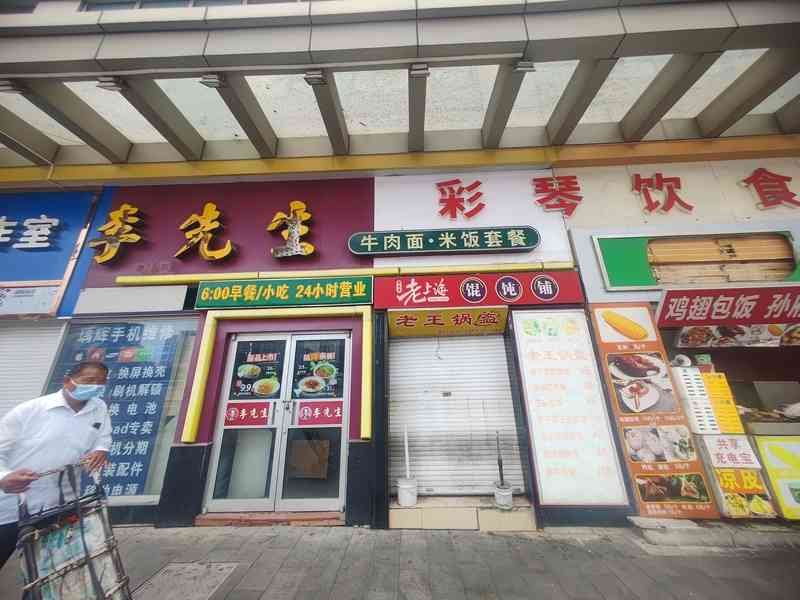
"The number of long-distance passenger stations in Shanghai has been reduced from 30 to 40 to the current 22, almost halved, and will further decrease," industry insiders told reporters.
Highlighting moment
Just like before the formation of the underground railway network, public transportation was the "big brother" of transportation in Shanghai. During a specific period, long-distance passenger transportation assumed an important responsibility for cross provincial and city travel, connecting passengers with a strong sense of mobile homesickness.
On February 6, 2008, several migrant workers stranded in Shanghai had a unique New Year's Eve dinner at the long-distance bus hall.

Old Xia can still vividly recall the scene at that time. "During holidays, the bus station is brightly lit 24 hours a day. The migrant workers who are preparing to go home are also working hard. They bring benches and queue up all night. The queue can reach a small alley three to four hundred meters away from the entrance, and even police come to maintain order."
The Shanghai long-distance passenger terminal was originally designed with 16 ticket gates. With the convening of the 2008 Olympic Games and the 2010 World Expo, as well as the development of highways such as the Shanghai Nanjing Line and the Shanghai Hangzhou Line, the passenger flow of long-distance passenger transportation continued to increase. The daily number of trips increased from less than 1000 to 1280, and finally reached its peak in 2010, with up to 1800 trips during holidays. The basement of the main station and the space in the eastern area have all been opened, and the number of ticket gates has been increased to 24 after renovation. "At that time, the waiting hall was filled with people, and the terminal space, personnel, and vehicles were at their limits."
The Shanghai long-distance passenger terminal was originally designed with 16 ticket gates, but during peak passenger flow, it was renovated and increased to 24.
Zhao Guokui, assistant to the general manager of the long-distance passenger transportation South Station, still remembers the scene when the station first opened. All the management personnel of the company came to greet guests outside the station, just like the service of a star rated hotel. "Our software and hardware facilities are top-notch in the industry, and many people are curious outside the door: 'Is this really a passenger station?'"

The software and hardware facilities of the long-distance passenger south station are top-notch in the industry, and many people were curious to look outside when it first opened.
Its passenger flow turning point came later than other stations. The management personnel saw the impact brought by the high-speed rail early on and laid out in advance, setting up routes to remote areas where the high-speed rail was not yet accessible, which to some extent alleviated the downward trend. During the National Day holiday in 2013, the South Station of long-distance passenger transportation experienced its most glorious moment, with a maximum of 1400 trips per day and a passenger flow of 58000 people.
Starting from this year, not only Shanghai, but also long-distance passenger transportation across the country has reached a turning point of fate.
Trapped and worried about the city
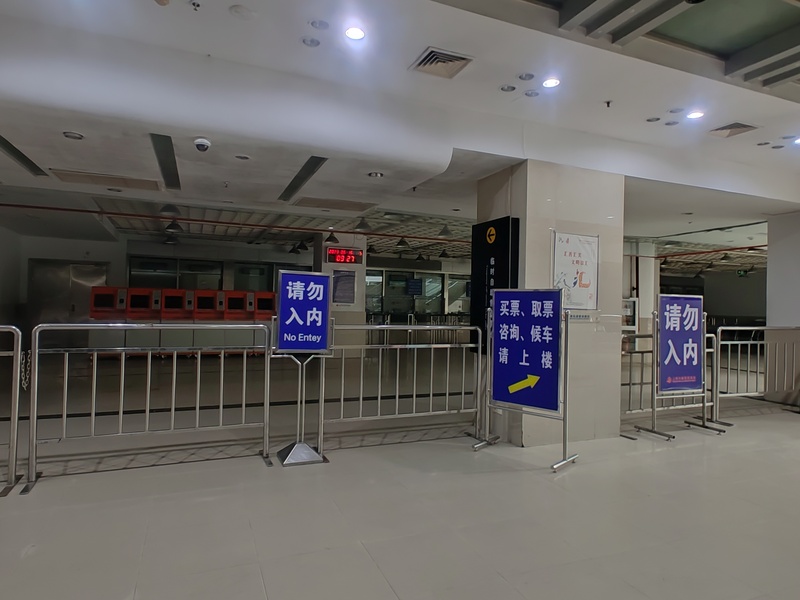
Since the opening of the Shanghai Nanjing intercity railway, the passenger flow of Shanghai high-speed rail and long-distance passenger transportation has shown a trend of mutual decline.
Taking the long-distance passenger transport station in South China as an example, it has been declining at a rate of 15% per year since 2013. Within six years, the passenger volume has decreased by half. In 2019, the daily departure frequency was 688, and the passenger flow decreased to 10000 people. According to data from the Ministry of Transport, the national highway commercial passenger volume reached its peak of 35.57 billion people in 2012, and has since decreased annually, reaching 13 billion people in 2019.
Besides high-speed rail, ride hailing, carpooling, and other online travel methods also have a negative impact on long-distance passenger transportation. Taking Shanghai to Qidong as an example, the ticket price for taking the terminal line is approximately 50-60 yuan. Although the price of hitchhiking has nearly doubled, it allows for point-to-point pick-up and drop off, eliminating the cost and time of rushing to the station. In addition, being in a comfortable environment avoids the potential problems of poor environment and midway pick-up on long-distance buses, making it a popular choice for many people.
In the eyes of industry insiders, there are more complex economic factors behind the decline in passenger flow. On the one hand, transportation is the solution to the problem of mobility. "Some of the 'second generation of workers' and' third generation of workers' have stabilized in Shanghai and rarely return to their hometown. Some people no longer seek opportunities outside, but directly stay in their hometown in the context of promoting balanced development in various regions." On the other hand, in recent years, Shanghai's labor-intensive and resource intensive industries have shifted to the central and western regions, and the employees of these industries are an important source of long-distance passenger transport, which also decreases with the economic restructuring.

The unexpected epidemic has dealt a heavy blow to the long-distance passenger transportation industry. It has greatly changed the public's travel habits, and compared to public transportation, many people prefer private car travel. In addition, long-distance passenger transportation has experienced several days of shutdowns, and private carpooling has become increasingly popular. They frequently travel between Shanghai and popular destinations, further eroding the long-distance passenger transportation market. "During the epidemic, villagers established WeChat groups and not only made plans to return home together during holidays, but some even became normalized. For example, there are about 30 such cars between Shanghai and Gaoyou," Lao Xia told reporters.
As for when passenger flow will recover, practitioners still find it difficult to accurately predict, and most adopt a wait-and-see attitude. "Just look at the performance of summer vacation and National Day holiday to predict the passenger flow trend for the next two years. Of course, even if there is some recovery in the later period, it cannot reach the level before 2019," Zhao Guokui admitted.
Where is the road
The disappearance of long-distance passenger routes has caused little stir for those accustomed to high-speed rail and airplane travel. However, there is still a group of people, perhaps migrant workers or elderly people who are not good at operating smartphones, accustomed to relying on traditional buses to connect their way home, hoping to retain the "slow option" in the rapidly developing era.

Passengers are waiting at the Shanghai Long Distance Bus Terminal.
Passenger stations are also trying to survive. As the passenger capacity gradually decreases, some passenger stations have developed such a "hidden rule" - guaranteed ticket replacement. Even if the number of passengers is zero, the passenger transport company still needs to buy ten tickets at the minimum to ensure that each bus line at the passenger station has revenue.
How can an empty passenger transport enterprise maintain its own operation when the passenger station is at a minimum? The answer is outside the station, which means obtaining profits by carrying people along the way. This practice was considered a violation for a long time, but it also indirectly reflects that there is still some business space for long-distance passenger transportation.
Currently, the country is encouraging the development of small-scale and flexible customized passenger transportation, providing feasible paths for industry development through policy unbinding. Last year, the General Office of the Ministry of Transport issued the "Operational Guidelines for Customized Bus Passenger Transport Services", which clarified that bus operators can carry out customized passenger transport based on road passenger transport routes that have already obtained operating licenses.
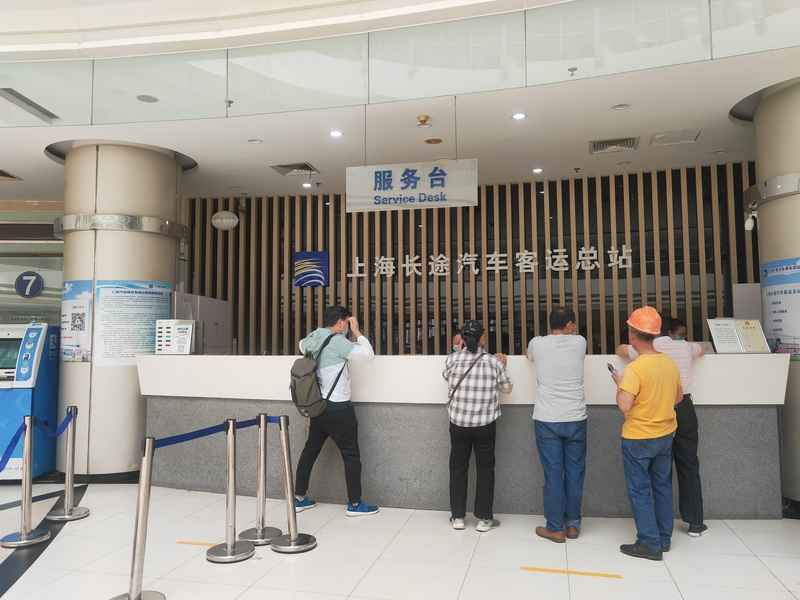
On this basis, the Shanghai Road Transport Bureau issued the Implementation Opinions on Carrying out the Pilot Program of Inter provincial Bus Passenger Transport Customized Services for Road Passenger Transport in Shanghai in May this year, clarifying that qualified enterprises can flexibly determine the departure time, boarding and disembarking locations of passengers according to their needs, and provide a "door-to-door" and "point-to-point" bus passenger transport operation mode.
"The key is to truly be market-oriented, seize the segmented needs of business, tourism, and medical treatment, and customize products that meet the needs of the public." Yin Bo, Deputy Director of the Passenger Transport Department of the Municipal Road Transport Bureau, takes Shanghai Hengdong Passenger Transport Co., Ltd. as an example. The company's self operated tourist route to Putuo Mountain adopts a package ticket model, with high comfort inside the body and luxurious seats comparable to aviation business class. The size of the car model can be customized according to passenger needs, which is quite popular in the market.
The South Station of long-distance passenger transportation also began exploring early on, developing products for the front and rear ends of extended passenger service lines. In 2014, the company opened a dedicated transportation line to directly transport passengers to corresponding tourist attractions in other places through customized passenger transportation. In December 2017, a pilot "direct medical service" was launched to achieve seamless connection between patients and the five major hospitals in Shanghai, including Cancer Hospital and Zhongshan Hospital. "For passenger stations, the 'medical through train' does not have direct benefits, but it can increase the customer stickiness of related long-distance routes," said Zhao Guokui.
At the Shanghai Long Distance Bus South Station, the reporter saw that there are already passenger transport enterprises operating small-sized vehicles.

The miniaturization of vehicles and the refinement of services are the focus of Shanghai's long-distance passenger transportation transformation. "From the current situation, the overall transformation of the industry lacks endogenous power, and due to the lack of fresh blood, it is difficult to achieve the concept and technology update in the Internet era, leading to difficult and tortuous transformation." Yin Bo said frankly.
It should be noted that under the trend of customized passenger transportation, the future of long-distance passenger transportation cannot fully represent the future of passenger stations. When passenger transport enterprises can flexibly choose parking spots and emphasize "station to station" transportation, they will face the reality of further weakening. Yin Bo believes that passenger stations with relatively simple facilities and sparse passenger flow may become history under business pressure. Passenger stations with relatively stable passenger flow in special geographical locations such as transportation hubs will continue to be preserved.
The transformation of passenger stations is imperative. In the new passenger flow environment, a comprehensive utilization model based on transportation facilities can be explored. For example, retaining sufficient space to meet basic passenger needs, and other spaces can carry out warehousing, parking lot development, and other businesses in compliance with local governments to improve their own hematopoietic capacity. The long-distance bus terminal has made an attempt, and the waiting hall on the first floor has been transformed into the Glasses City. Meituan has also rented a station space for logistics and warehousing.
"Not only the outside world, but also many industry insiders are looking down on this industry. However, the future of long-distance passenger transportation is not simply the end of the sunset industry. We are still shouting and thinking." Zhao Guokui described this as "limited optimism.".
